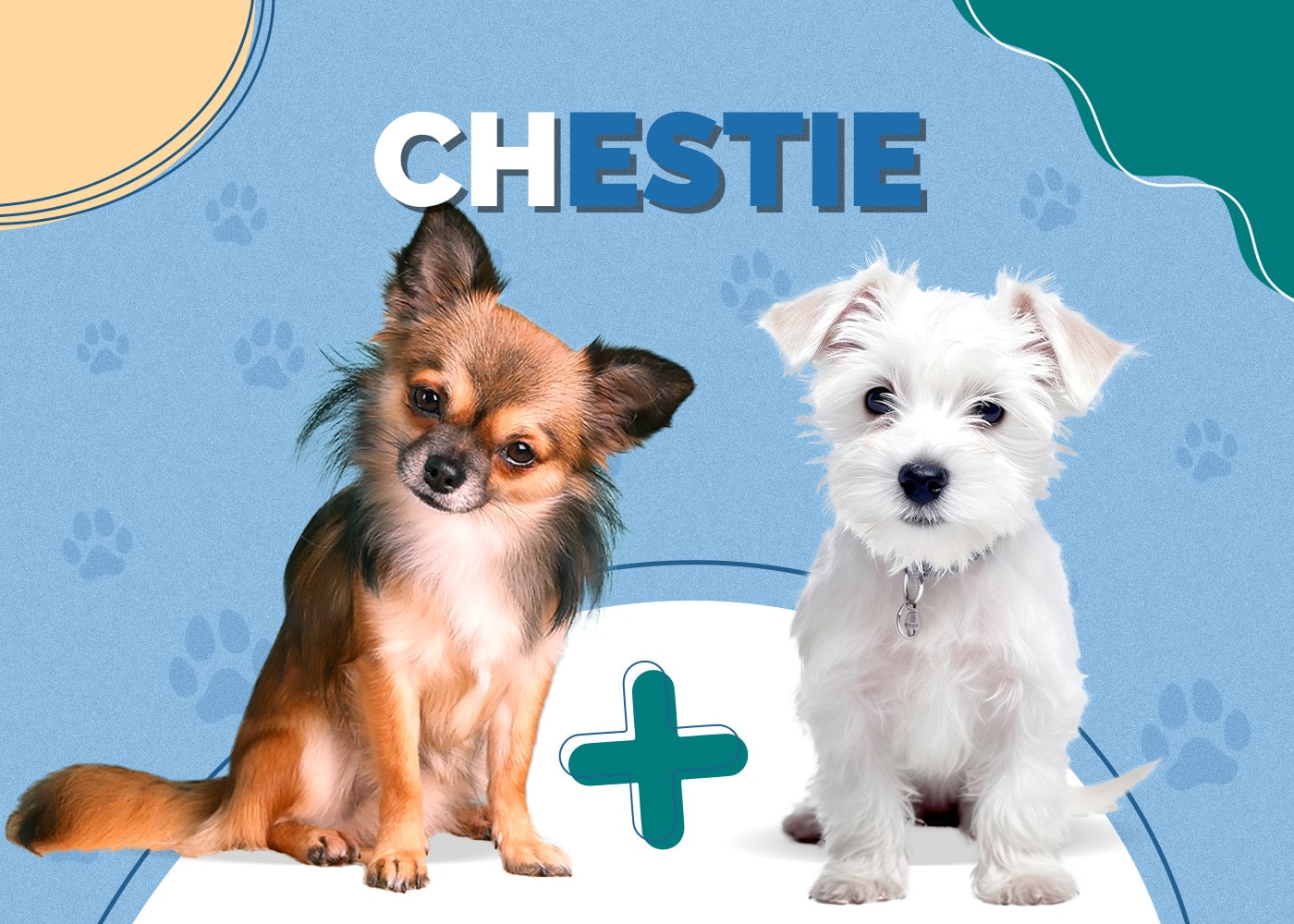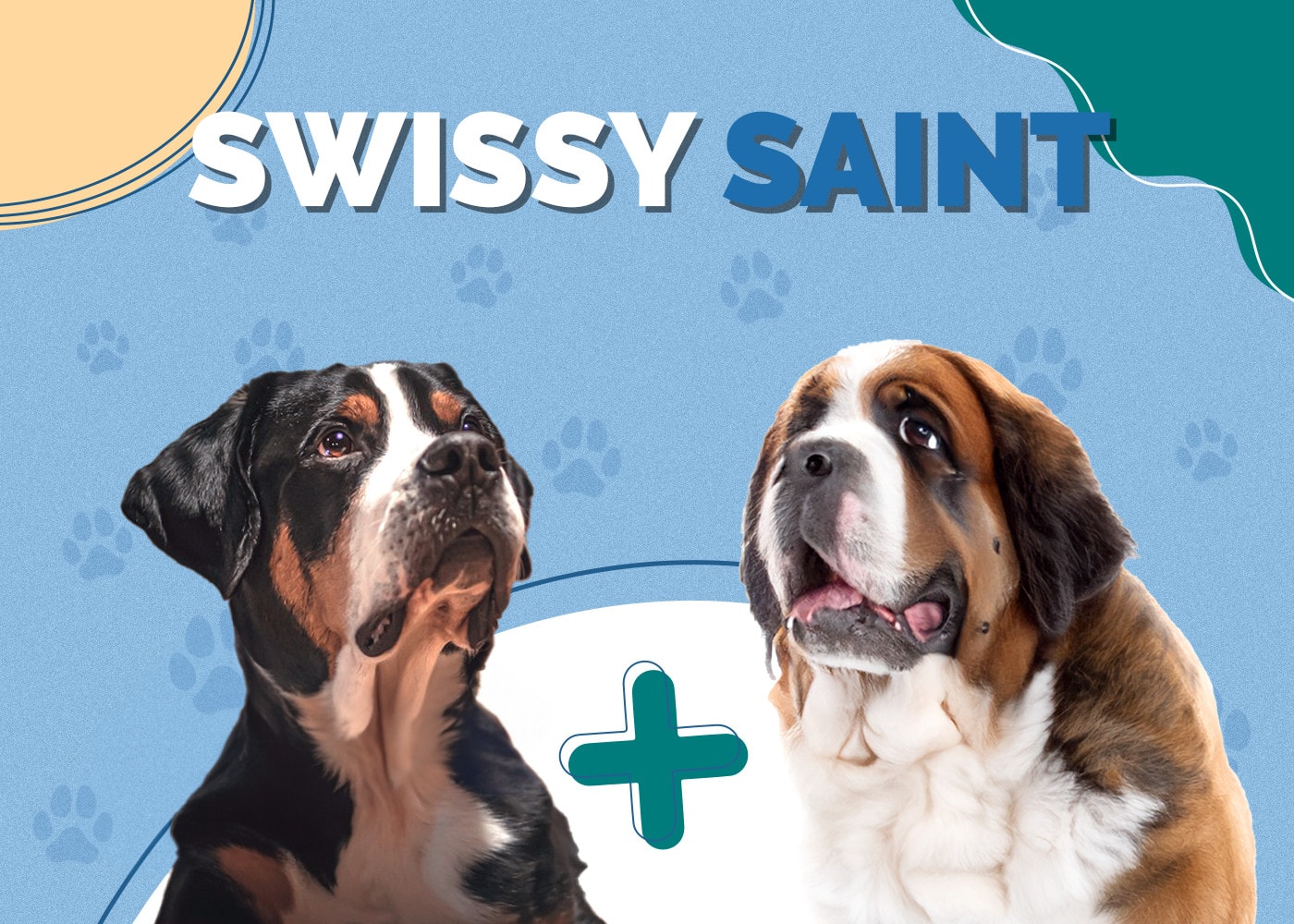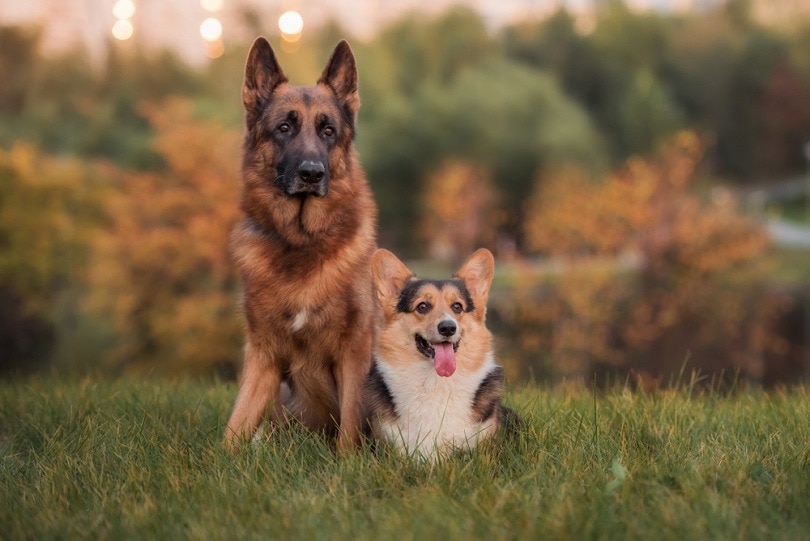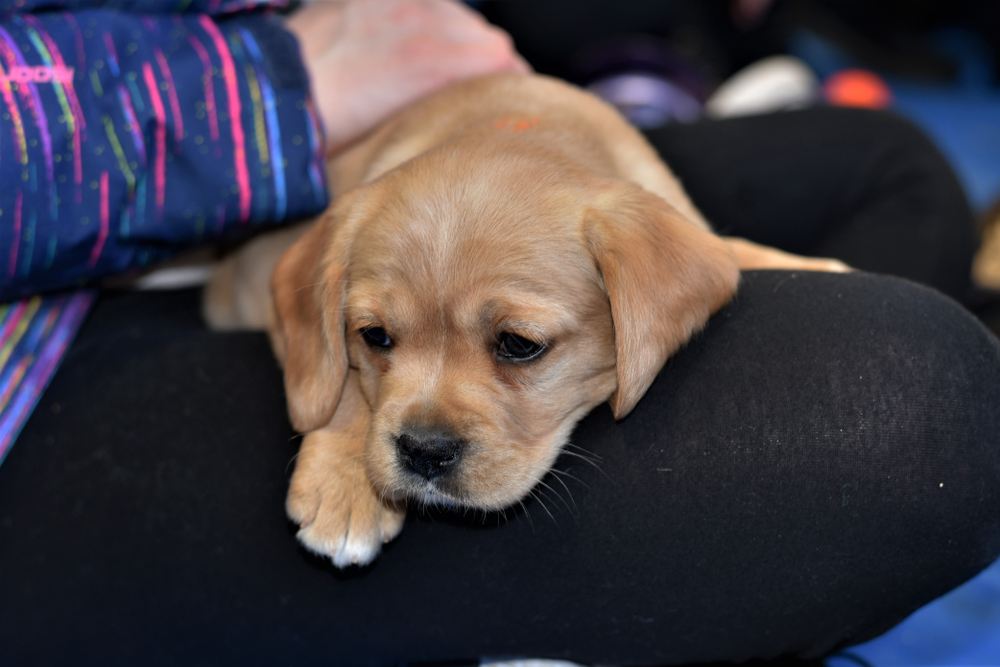Chestie (Chihuahua & Westie Mix) Info, Pictures, Traits, Facts

Updated on

| Height: | 8–10 inches |
| Weight: | 5–10 pounds |
| Lifespan: | 13–15 years |
| Colors: | White, black, chocolate, red, cream, fawn |
| Suitable for: | Individuals or families looking for a playful and affectionate dog |
| Temperament: | Spirited, loyal, friendly, intelligent |
When you learn that the Chestie is a mix between a Chihuahua and a West Highland White Terrier, you may scratch your head and wonder if it works. The answer is an emphatic, yes! Both parent breeds share some common ground. They are adaptable and can live in the city or in the country. The Chestie is easy to train, making it an excellent choice for novice pet owners who need a pup that needs little guidance.
The hybrid is an interesting one. The Chihuahua is an ancient breed, although its connection with Mexico is lost to history. We can only speculate how the older Techichi dog evolved into the modern-day pup. We do know that the breed’s ancestry is closely tied to the Aztec culture. Because of its small size, the Chihuahua likely began and continues as a companion animal.
The West Highland White Terrier is a different story from across the pond. It got its start as a working dog as opposed to a lapdog, hunting tirelessly for rodents. That trait persists and makes this pooch a capable competitor in earth dog events that highlight its digging and searching abilities. That history provides a valuable clue about what you can expect with this pup.
Chestie Puppies
Digging is a bad habit that you’ll have to control from your Chestie puppy from the get-go. Don’t be too hard on the Chestie. They are just following their instincts to hunt rodents where they live. However, that background also fuels their strong prey drive. It also accounts for their high wanderlust potential. This pup has all the tenacity of a terrier that you’d expect.
Perhaps in part because of their heritage, the Chestie is also a vocal dog. It has a lot to say, whether it’s on the hunt or just upset because he’s not getting enough attention. That’s a concern with a pup known as a companion animal. They want attention and will have something to say if you’re failing in your duty to them. As you may expect, separation anxiety is often on the radar with this pup.
The Chestie has a moderate tendency to nip but also is a spirited dog. They need exercise to work off their energy and prevent them from forming bad habits. On the other hand, he is relatively easygoing and doesn’t take life too seriously. They are friendly dogs that get along with just about any person or canine that they meet. However, they recognize strangers and will alert the family when necessary.
3 Little-Known Facts About the Chestie
1. The Chihuahua Has a Famous Musical Connection.
A breed that gains the following of a celebrity is assured that they’ll have many others clambering to get on the bandwagon. That was the case with the Chihuahua and Spanish bandleader, Xavier Cugat. He made this pup a part of his act and his iconic trademark. His style of Latin music found its home in the nightclubs and on film. Its legacy endures to this day.
2. The Chihuahua Has More Famous Connections.
Xavier Cugat is worthy enough, but the Chihuahua has more famous connections up their sleeve. They can count Marilyn Monroe, Billie Holiday, and Marlene Dietrich among his fans. Now that is star power.
3. The West Highland White Terrier Is Related to Other Breeds of the Area.
Breeders shared a common mission to rid their land of pests, namely, rodents. The Westie had that same goal, along with the Scottish, Cairn, and Dandie Dinmont Terriers. Each one followed their path to getting the work done with the added desirable personality traits. Selective breeding led to the various breeds needed for the job.

Temperament & Intelligence of the Chestie 🧠
The Chestie ticks off a lot of boxes for a great pet. They are friendly and not aggressive, even when it comes to food and toys. They love their family and are a loyal companion. They have just the right mix of playfulness and intensity to make it fun for both you and them. We like the fact that they are hesitant about learning new things. They want to please you. That’s a rare quality that we appreciate in a pet.
However, there is the tenacity of the terrier for which you must contend. That adds a bit of stubbornness to the mix. While you may think that the Westie is overly independent, their hunting history will prove you wrong. It is a gregarious pooch that is in it just as much for the hunt and the interactions with other people and dogs.
Are Chesties Good for Families? 🏡
The primary concern with the Chestie is its size. They are so small that it’s easy to forget that they’re there! That makes them prone to injuries that aren’t their fault at all. It’s all about being at the wrong place at the wrong time with this pup. They are child-friendly, although we’d suggest educating your children about the right way to interact with a dog of this size.
Does This Breed Get Along with Other Pets? 🐶 😽
The Chihuahua in your Chestie has no greater drive to chase other pets in your household than you’d expect with any canine. The Westie is another story, and the family cat is no exception. They’ll get along with other dogs, though.
Nevertheless, we recommend early socialization to guide the development of his canine manners. Our experience tells us that it makes for a better pet-owner relationship,
Things to Know When Owning a Chestie:
The breed mix should tell you that you’re in for a handful with the personalities of both the parents. We think that it makes having a Chestie that much more fun! It’s also a word to the wise that this pup isn’t one to sit quietly by the fireplace. They’re going to want to be a part of the action. They’ll do best with households or individuals that consider them a member of the family.
His entertaining manner makes it a no-brainer! However, that also means that he won’t like being left alone or in a crate without interaction from his loved ones. This pup needs to be involved in your life. He’s a better choice for individualism who consider pets in this way.
Food & Diet Requirements 🦴
Small dogs are a challenge, especially when it comes to feeding. You have to make sure they get enough food without becoming overweight. That will increase their risk of diabetes. It becomes kind of a chess match with toy breeds. They mature rapidly, which means they need calorie-dense food. However, you must feed them often enough to keep their blood sugar levels stable to prevent hypoglycemia.
It’s essential to understand that pet food manufacturers have refined their products to match the dogs’ needs at all life stages and sizes. Proper nutrition, after all, is the foundation of good health. It’s especially critical with fast-growing dogs like the Chestie. He needs fuel and nutrition to support his growth and development.
Exercise 🐕
A feisty dog like the Chestie will have their activity level well in hand if given a chance. If you are an apartment dweller, you must take control and make sure that they get daily walks. It’ll keep their intensity in line and go that extra mile to control their weight. It’s also an opportunity to bond with your pet that craves this attention. Take advantage of it to improve their health.

Training 🦮
Some breeds make training a challenge because of their independence or stubbornness. That’s not the case with the Chestie. They are eager to please, and are smart enough to know that it’s in their best interests. However, this pup is sensitive. They won’t respond well to harsh reprimands. The better approach to training is positive reinforcement. Save the treats as training aids to make it worthwhile.
Grooming ✂️
The amount of time you’ll need to devote to grooming depends on the dominant breed. Both require regular brushings just to give you a chance to check the condition of their coat and for the presence of ticks. These parasites carry a lot of pathogens, some of which can pass on disease to people. We consider these times opportunities to bond with your pet. Make the most of them.
- Also see: Best Dog Shampoos – Reviews & Top Picks
Health and Conditions ❤️
Smaller breeds often are susceptible to a number of diseases and disorders. Fortunately, a lot of health screenings can catch them before they proliferate. We strongly urge you to buy from breeders who respect this risk and test their litters.
- Cherry eye
- Deafness
- Collapsed trachea
- Patellar luxation
- Craniomandibular Osteopathy
- Cushing’s syndrome
- Heart issues
Male vs. Female
When you consider small dogs like the Chestie, the difference between the sexes is small. They have similar sizes, which can fuel personality differences. Instead, you’ll find that both sexes are similar in personality, which we think comes down to the individual dog. While the female is daintier, it’s a moot point when considering the size of the dog.
It then rests with breeding. The cost of eventually neutering or spaying a pup is considerably cheaper with cost and preference. Bear in mind that it is more expensive with the female than the male. It’s a vital consideration since many sellers make it a condition of a sale. At the very least, you may have to pay for the cost of the surgery.
Final Thoughts: Chesties
The Chestie, like many so-called designer dogs, brings a lot of interesting traits to the mix. The two parent breeds differ a lot, which also adds to the result. Both bring some interesting traits to the hybrids. That’s what makes some of these mixes so much fun to explore. They have the characteristics that we love in a dog while taming the ones we could do without. The Chesite is a perfect example.
These dogs make training easy because of their tide and his eagerness to please. They get along with other dogs, which also helps. They successfully overcomes the uncertainty of their future brilliantly. They are dogs worth a look if just because of their story. We always like a dog that has survived the centuries like the parent breeds of this pooch.
Related Reads:
- Boxer Chow (Boxer & Chow Chow Mix)
- German Shorthair Toller
- Malinois Greyhound (Belgian Malinois & Greyhound Mix)
Featured Image Credit: SunflowerMomma, Shutterstock














